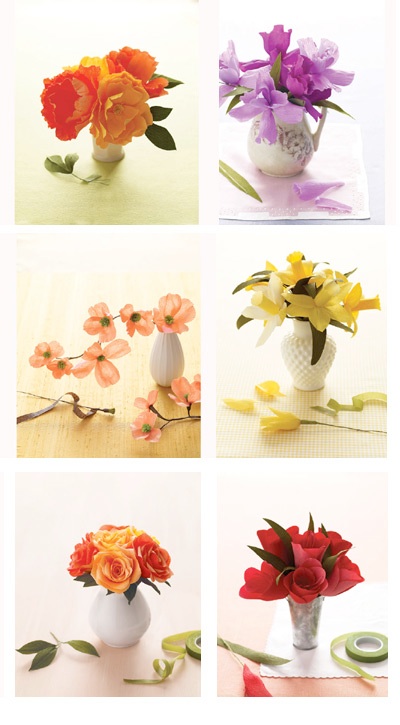Crepe Paper


Back before commercially packaged pysanka dyes became widely available, pysanka makers had to find ways to make their own dyes. Some used botanical dyes, utilizing beets, hickory nut shells, bark and grasses, based on recipes handed down through families. Others used inks diluted in water, or batik and fabric dyes.
But one of the more interesting sources for dyes was crepe paper. When I was young, it was easily available, in roll form, and in a multitude of bright colors, at dime and discount stores. No party, after all, was complete without a room festooned with crepe paper streamers.

Mariya Lesiv writes about pysankarstvo in North America that “one of the marked innovations introduced into pysanka writing in the first decades of the 20th century was the use of commercially produced crepe paper in different colors. To make dyes, the crepe paper was soaked in very hot water until the water absorbed the color. With crepe paper, the palette of colors changed in terms of variety and saturation. A larger number of colors in much more intense shades became available.
According the Cecelia Ferrence, crepe paper was not only a good and convenient source of dye, but it was relatively easy to prepare:
“Simply take the paper, cut it up into smaller pieces, and put into a plastic bag. Add enough water to completely cover the crepe paper, seal the bag, and let the paper soak a while. Later, cut off a small corner of the bag, and squeeze out the colored water through the hole.”
This method, Cecelia noted, not only produced a nice dye, but kept your hands clean and dye-free.
Others used different methods to extract the dyes, some much messier. While most pysanka makers soaked the paper and then drained off the liquid, squeezing out the dye with their hands, trying to get every last drop of dye. Some merely soaked the paper, leaving it at the bottom of the jar.
I have been told that others used the strands of crepe paper to their advantage. Some found that the paper could be used to help hold down the eggs in the dye solution (if they were empty and light). One Czech artist used to apply the crepe paper directly to the surface of the egg; he would wrap the egg in the paper and let it soak, resulting in interesting textured patterns on the egg.
I’ve never tried using crepe-paper dyes, as aniline dyes were already being sold in little packets (by Surma and others) when I began making pysanky, and the dyes were fairly easy to obtain. The Ukrainian store near our church carried them, and I could usually persuade my parents to stop there after church if I needed dyes or other pysanka supplies. Thus, I don’t know how good the crepe paper colors actually were, nor how long the dyeing times were. As Lesiv notes, the colors were much brighter than the traditional botanical dyes had produced. I suspect, though, that it was hard to get a nice black, as Cecelia did include instructions for using India ink, a much better (according to her) source of black pigment.
Extracting dyes from crepe paper for coloring pysanky is pretty much a thing of the past, as aniline dyes are no longer used to color it. The newer dyes are bright and colorful, but cannot be extracted as easily as the old ones. Crepe paper today is something largely encountered at children’s parties or proms. And, of course, it can be used to make lovely flowers, as per Martha Stewart’s web site:

Back to Main Dyes page
Back to MAIN Pysanka home page.
Back to Pysanka Index.
Search my site with Google
Home Chemistry



